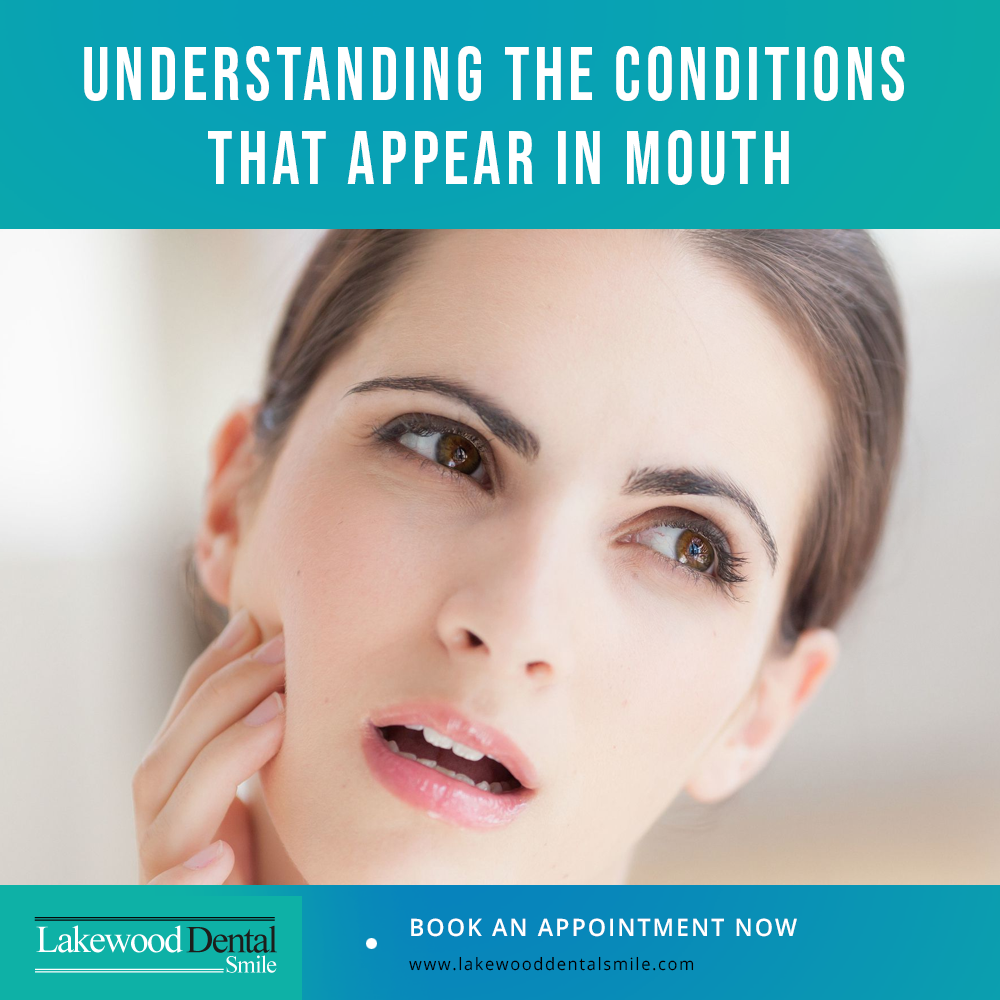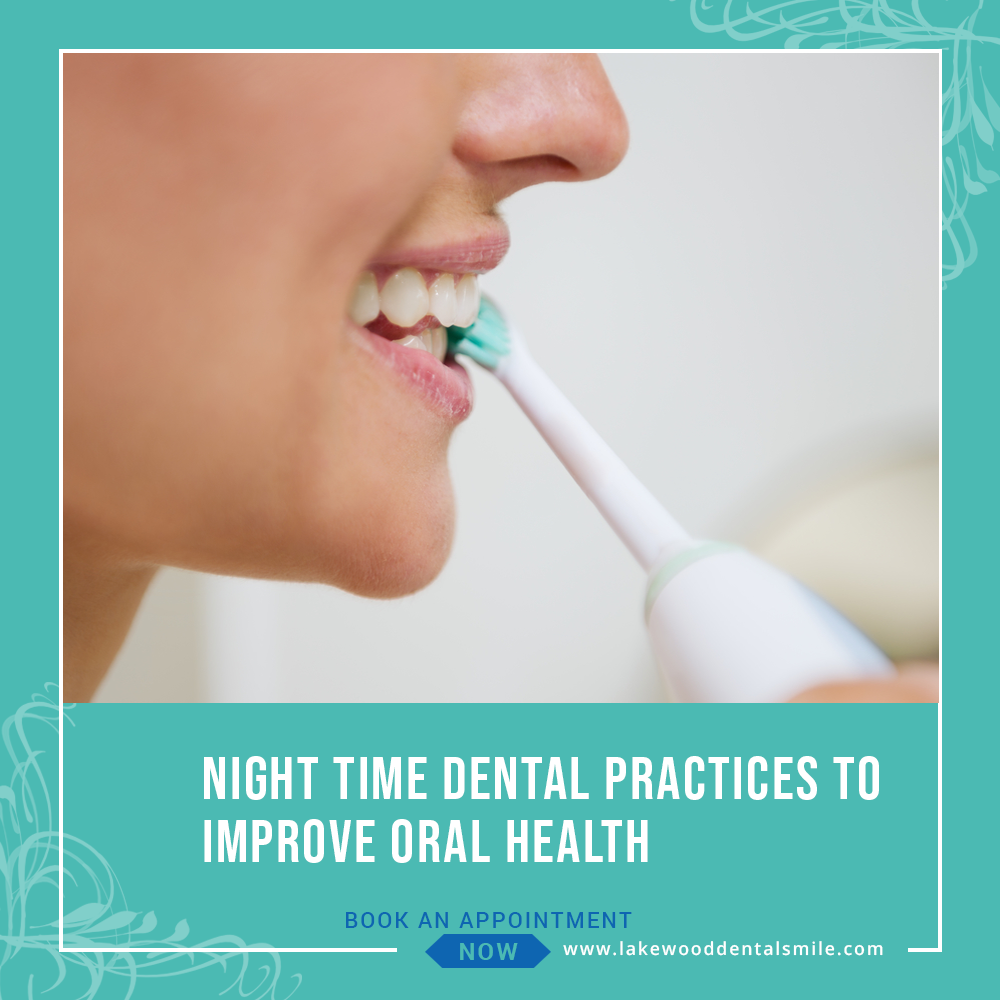Bad breath causes and treatment are essential for anyone seeking a healthy, confident smile. Persistent bad breath, also called halitosis, can result from poor dental habits, diet, or underlying health issues. Left unchecked, it may lower self-confidence and affect social interactions. Understanding the causes and learning effective treatments can restore oral freshness and overall wellbeing. In this article, we explore 5 proven causes and treatment strategies to combat bad breath, providing practical advice, examples, and transitional guidance to detailed procedures.

1. Foods That Contribute to Bad Breath
Certain foods, like garlic, onions, and spices, break down in the mouth and release odor-causing compounds. Even brushing and mouthwash cannot fully remove these odors because the compounds enter the bloodstream and are exhaled through the lungs.
Step-by-step guidance:
- Limit consumption of odor-heavy foods before social events.
- Brush and floss thoroughly after meals to remove leftover particles.
- Chew sugar-free gum to stimulate saliva, which naturally cleanses the mouth.
Controlling dietary factors reduces persistent odors, keeping your breath fresh and supporting bad breath causes and treatment.
2. Poor Dental Habits
Food particles left on teeth and tongue encourage bacterial growth, producing unpleasant odors. Skipping daily brushing or flossing, and using tobacco products, worsens this effect. Tobacco not only contributes to halitosis but also stains teeth, irritates gums, and reduces taste sensitivity.
Step-by-step guidance:
- Brush twice daily, covering all tooth surfaces and the tongue.
- Floss once daily to remove trapped food.
- Use an antibacterial mouth rinse to reduce bacterial accumulation.
Consistent oral hygiene minimizes bacterial growth and protects your oral health, significantly reducing bad breath.
3. Underlying Health Conditions
Chronic bad breath can signal gum disease, cavities, yeast infections, or dry mouth. Systemic conditions such as sinus infections, pneumonia, liver, or kidney problems may also manifest as halitosis.
Step-by-step guidance:
- Observe any persistent odor that does not improve with hygiene.
- Schedule regular dental checkups to detect gum disease or cavities early.
- Consult a physician if symptoms persist, ruling out systemic causes.
Early identification and treatment of underlying conditions are crucial for long-term halitosis management.
4. Hydration and Lifestyle Adjustments
Dry mouth promotes bacterial growth, worsening bad breath. Drinking water, chewing sugar-free gum, and breathing through the nose all help maintain oral moisture. Green and black teas contain polyphenols that neutralize sulfur compounds responsible for odors.
Step-by-step guidance:
- Drink water throughout the day and chew sugar-free gum after meals.
- Include green or black tea in your daily routine.
- Practice nasal breathing, particularly during sleep, to support oral moisture.
These simple lifestyle adjustments enhance oral hygiene and help maintain fresh breath.
5. Professional Dental Care
Routine dental visits prevent plaque and tartar buildup, reducing the risk of gum disease and cavities that contribute to bad breath.
Step-by-step guidance:
- Schedule dental examinations at least twice a year.
- Discuss personalized treatment strategies for persistent halitosis with your dentist.
- Follow prescribed treatments and recommended hygiene practices consistently.
Professional dental care ensures comprehensive management of bad breath, complementing at-home hygiene practices.
Benefits of Proper Bad Breath Management
- Enhanced Confidence: Fresh breath improves self-esteem and social interactions.
- Oral Health Protection: Reduces risk of gum disease, cavities, and plaque buildup.
- Overall Wellbeing: Early detection and treatment of underlying issues improve general health.
These benefits lead naturally into understanding patient experiences.
Patient Scenario
A 30-year-old patient, “Sarah,” struggled with persistent halitosis due to inconsistent brushing and frequent consumption of garlic-heavy meals. This affected her social life and self-confidence. After implementing the 5 proven treatment tips, including dietary adjustments, improved hygiene, hydration, professional care, and lifestyle changes, Sarah noticed significant improvement within weeks. The bad breath causes and treatment strategies helped her regain oral freshness, confidence, and a safe, healthy smile.
Aftercare / Maintenance Tips
- Daily Hygiene: Brush, floss, and clean the tongue twice daily to prevent bacterial buildup.
- Routine Checkups: Visit your dentist regularly for preventive care.
- Hydration: Drink plenty of water and chew sugar-free gum to maintain moisture.
- Mindful Eating: Avoid or limit odor-causing foods before social events.
Consistent aftercare ensures long-term control over bad breath and maintains oral health.
Conclusion
Understanding bad breath causes and treatment is essential for confidence and oral wellbeing. By addressing dietary factors, practicing proper hygiene, managing health conditions, staying hydrated, and seeking professional care at Lakewood Dental Smile, patients can enjoy a safe, fresh smile. Regular care and adherence to these strategies prevent halitosis and support lifelong oral health.




